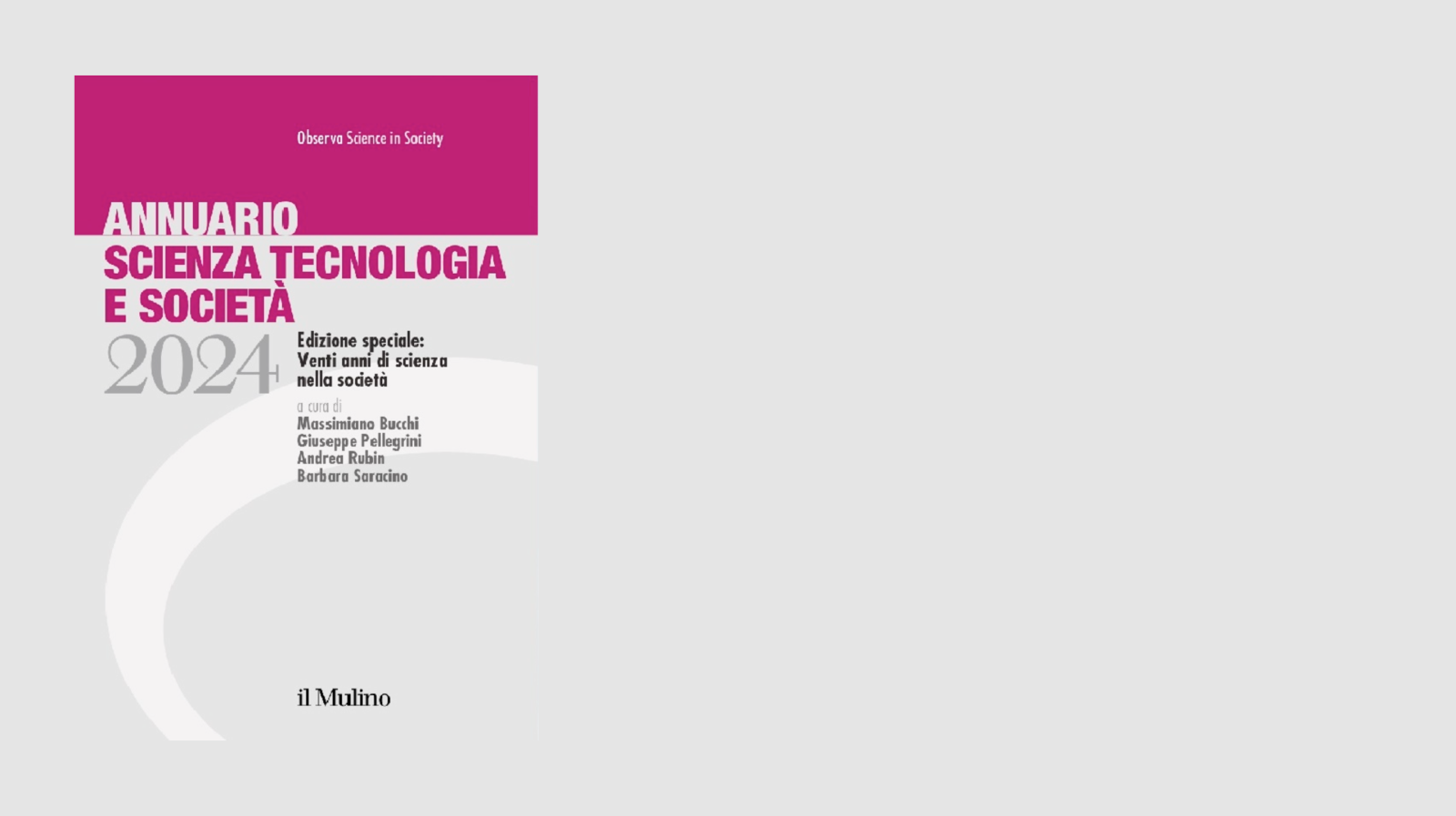The voter turnout, i.e. the percentage of eligible voters who cast a ballot in an election, has been related with the population density of the 1206 municipalities of the italian region Piedmont.
The spots on the scatter plot above represent the 1206 municipalities, the x and y coordinates refer respectively to the logarithm of the population density (people/km^2) and to the voter turnout during the italian 2013 general election of the Chamber of Deputies. The area of the spots refers instead to the population size of the corresponding municipality.
The analysis is extended by the opportunity to shift, on the x-axis, between the logarithm of the population density to the logarithm of the population size and, on the y-axis, to the 2008 and 2006 general elections.
The green straight line shows a linear regression analysis on the set of points, the 95% confidence intervals on the y-intercept and slope are drawn on demand.
A slope greater than zero suggests a direct relationship between the logarithm of the population density (or size) and the voter turnout.
The voter uncertainty is calculated as the Shannon entropy of the partition defined by the votes assigned to every delegate, and it reflects the heterogeneity of the electoral preferences in a given municipality.
Municipalities with higher population size have an higher uncertainty on electoral preferences.
Data Source
Data on general elections: elezionistorico.interno.it, © Ministero dell'Interno. Tutti i diritti riservati.Population density and size of Piedmont municipalities: istat.it, Creative Commons - Attribuzione - versione 3.0 (CC BY 3.0 IT)


